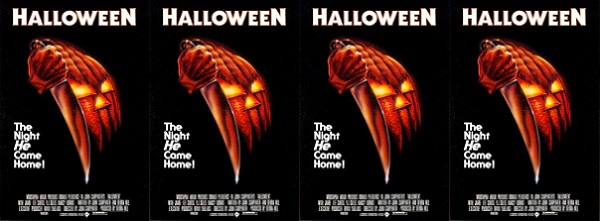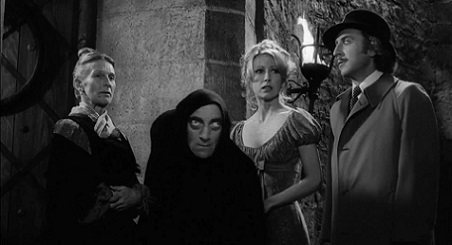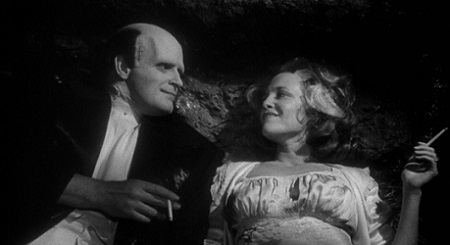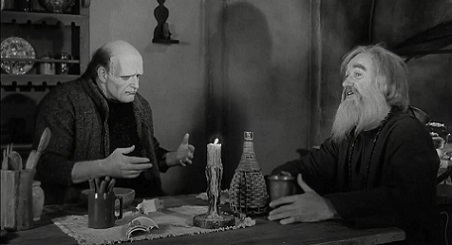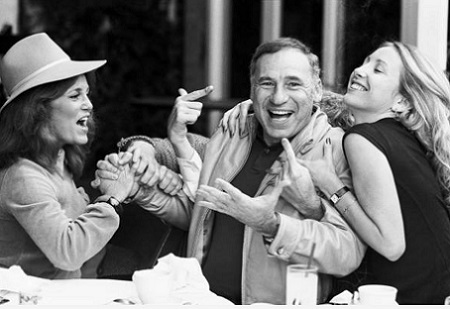This season is firmly in play for movies of the ilk of John Carpenter‘s independent slasher film Halloween (1978). The movie stars Jamie Lee Curtis, the daughter of Janet Leigh and Tony Curtis, in perhaps the role that launched the career of Jamie Lee Curtis. We offer a gentle tip of the cap to Airport Friend, a friend of this blog who holds this film in high regard.

The movie Halloween itself begins in the fictional Illinois town of Haddonfield in 1963, wherein 6-year-old Michael Myers, as portrayed by Will Sandin, kills his babysitting older sister with a knife in the family’s home. Fifteen years later, 21-year-old Myers escapes from a fictional sanitarium in fictional Smith’s Grove of Warren County, Illinois. Myers kills a a mechanic for his clothes on the way back to Haddonfield, with psychiatrist Dr. Sam Loomis in pursuit. Donald Pleasence portrays Loomis. Nick Castle portrays 21-year-old Michael Myers.

Loomis, who has attempted to care for Myers in the aftermath of the first killing, sees the Myers we encounter as an adult as a lost cause. The psychiatrist is proven correct that his patient is headed back home 15-years after the initial killings to pick up with the killings of young people back where everything started. The young people associated with babysitting kids during the Halloween season remains his defined type.

This is where the girls named Laurie Strode, Lynda Van Der Klok and Annie Brackett, as portrayed by Jamie Lee Curtis, P.J. Soles and Nancy Kyes enter the story. The three are friends attending the same high school living within walking distance of each other in the same Haddonfield neighborhood. The three take an interest in boys for an approaching dance while also being due to babysit Tommy Doyle and Lindsey Wallace, as portrayed by Brian Andrews and Kyle Richards, respectively.

The Halloween movie does a decent job of setting the background of who Michael Myers was and is, while establishing that Dr. Sam Loomis and Sheriff Leigh Brackett are steps important yet puzzled participants in the story that has been fifteen years in the making. Charles Cyphers portrayed Brackett. The suspense builds with an effective notion of following the suspicious action and introducing a piano-based riff to introduce tension into the looming action of the film’s central antagonist.

The genre itself of slasher films, of which Halloween is a prime example, were the “most popular from the late 50s to the early 90s,” which is to say a period that ran roughly forty-five years. Halloween landed right in the middle of that period with high ratings from critics and the general public, per these results on Rotten Tomatoes. I give Halloween as presented by John Carpenter 4-stars on a scale of 1-to-5.
Matt – Wednesday, October 20, 2021
